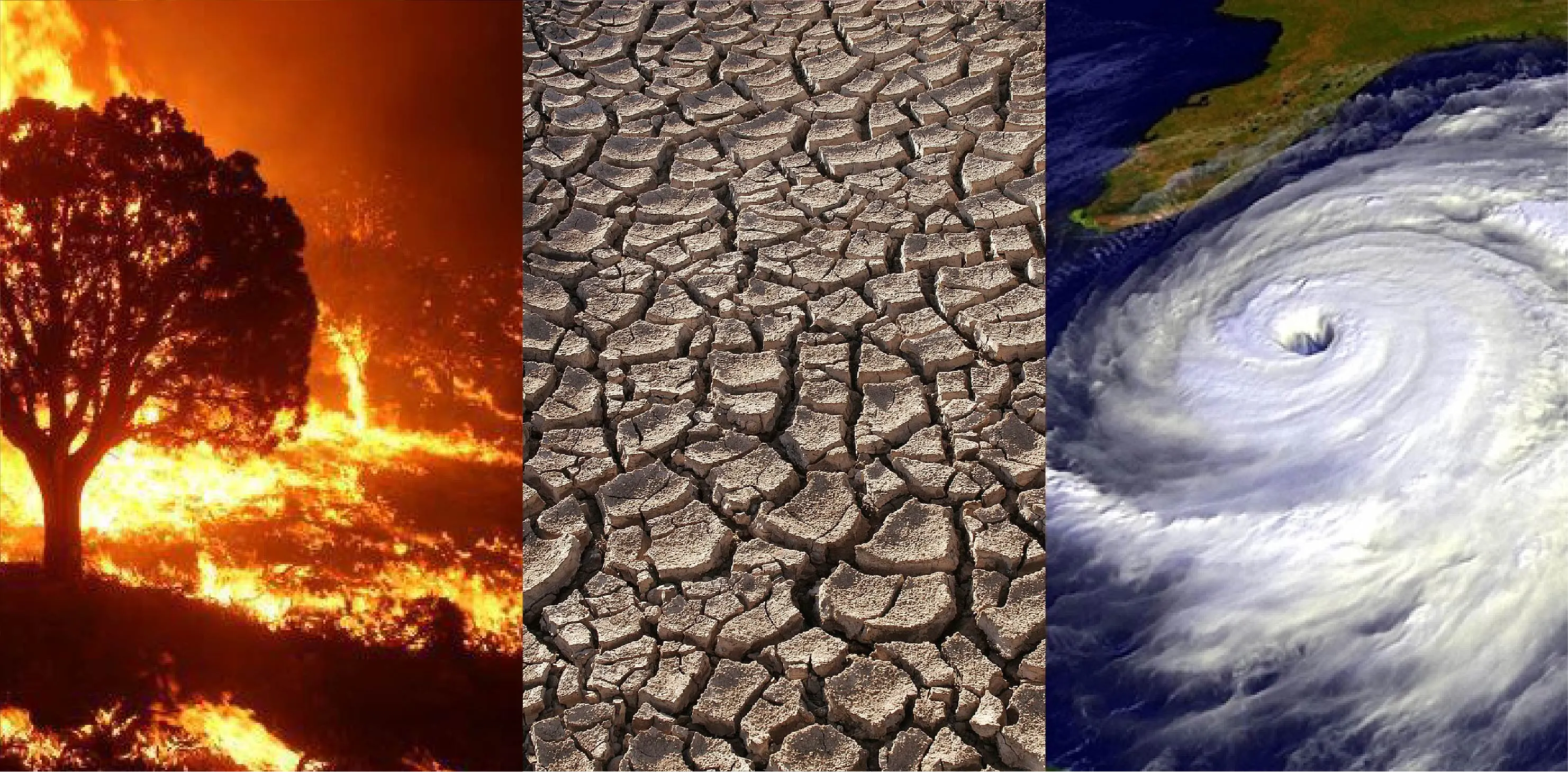Climate change is no longer a distant threat but a present reality, affecting not just the environment but also the financial and insurance sectors significantly. As the frequency and severity of natural disasters increase due to climate change, insurance premiums are surging and investment strategies are being reevaluated to mitigate these new financial risks. This article delves into the profound impacts of climate change on these industries and explores strategic responses to navigate this evolving landscape.
Rising Tides, Rising Premiums
The Direct Impact on Insurance Markets
The insurance industry, particularly property and casualty insurance, finds itself on the frontline of climate change impacts. As natural disasters such as hurricanes, floods, and wildfires become more common, the damage toll rises, leading to increased claims. For insurers, this trend means higher payouts, which in turn drives up premium costs for consumers. For instance, regions prone to these disasters see significantly higher insurance costs, which can deter new homeowners or businesses from setting up in these areas. Websites like the Insurance Information Institute provide data and trends showing how climate-related disasters have led to a spike in insured losses over the years.
Investment Shifts and Sustainability
Adapting Portfolio Strategies to Account for Climate Risks
Investors and financial strategists are increasingly factoring climate change into their decision-making processes. Traditional investment portfolios are being restructured to include more sustainable and environmentally friendly investments. This shift is not just a nod to ethical responsibility but also a practical approach to risk management. Investments in fossil fuel companies, for instance, carry higher financial risks due to potential regulatory changes and a global shift towards renewable energy. Financial analysts on platforms like Bloomberg and Reuters regularly discuss how major investment funds are divesting from high-risk industries and reallocating assets to sustainable alternatives.
Innovation in Risk Assessment
Leveraging Technology to Understand and Mitigate Risks
To keep pace with the increasing risks posed by climate change, the insurance and financial sectors are turning to advanced technology. AI and big data are playing pivotal roles in predicting and quantifying risks associated with climate change. Companies use sophisticated modeling techniques to simulate various environmental scenarios and their potential impacts on assets. This technology enables insurers and investors to better understand the likelihood of future claims and adjust their strategies accordingly. Resources such as Risk Management Magazine and Ceres offer insights into how companies are using these technologies to adapt to climate risks.
Strategic Policy Interventions
The Role of Government and Regulatory Bodies
Governments and regulatory authorities are also recognizing the need to address the financial implications of climate change. Through regulations and policies, they can incentivize or mandate changes in how companies operate in regard to environmental impact. For instance, requiring more rigorous disclosure of climate-related risks from companies can drive a more widespread integration of these factors into financial and insurance products. Industry guidelines and frameworks discussed on websites like the National Association of Insurance Commissioners (NAIC) or the Financial Stability Board (FSB) highlight efforts to standardize risk assessment and encourage more resilient financial practices.
The proactive engagement of all stakeholders—insurers, investors, policymakers, and consumers—is essential to effectively manage and mitigate the financial disruptions caused by climate change. This collaborative approach not only spreads the burden but also enhances the collective capacity to develop innovative solutions that protect against future risks.
Building Resilience through Community and Urban Planning
Integrating Climate Adaptation into Development
As local governments and communities confront the realities of climate change, urban planning and building codes are evolving to improve resilience. By enforcing stricter standards on building materials, elevation requirements in flood zones, and fire-resistant construction in wildfire-prone areas, municipalities can significantly decrease potential damages and, by extension, insurance claims. This not only helps to stabilize insurance markets but also protects residents and businesses from the devastating impacts of natural disasters. Websites like Smart Cities Dive or the Urban Land Institute provide case studies and expert advice on how urban areas are adapting to these challenges.
Enhanced Actuarial Models and Pricing Accuracy
Refining Financial Predictions under Climate Uncertainty
Insurance companies are refining actuarial models to better predict and price the risks associated with climate change. These enhanced models consider a broader range of variables, including climate trends and extreme weather data, to set premiums that more accurately reflect the actual risk. This level of precision helps insurers remain financially viable while providing fair prices to consumers. The Society of Actuaries offers resources and research that delve into how actuaries are incorporating climate science into their work, ensuring that models keep pace with the changing environment.
Consumer Education and Engagement
Empowering Consumers with Knowledge and Tools
Educating consumers about the risks of climate change and the importance of sustainability can drive significant change in the market. By understanding the implications of their choices—whether in selecting an insurance provider, investing in green technologies, or supporting policy changes—consumers can influence industries to prioritize sustainability. Financial literacy websites and consumer advocacy groups like Consumer Reports are increasingly focusing on providing the public with the information needed to make informed decisions that contribute to a broader cultural shift towards climate awareness.
Conclusion: Charting a Course Through Climate Challenges
As the planet warms, the financial and insurance landscapes are inevitably changing. The industries must continue to evolve by embracing new technologies, investing in sustainable practices, and supporting regulatory changes that promote long-term resilience. For consumers, staying informed through reliable sources like The Economist or Financial Times about how these changes may affect their premiums and investment options is more crucial than ever. As the world faces these unprecedented challenges, adaptive strategies and informed decision-making will be key to navigating the uncertain waters of climate-influenced financial landscapes.

